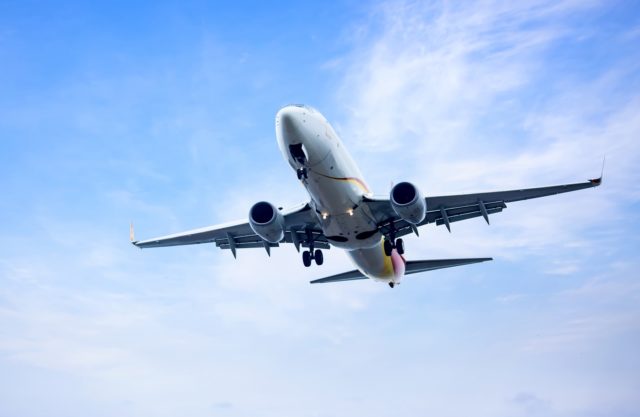The importance of developing safe and effective training methods for pilots has been a major concern within the aviation industry since the development of the very first planes. The risks of aviation have always demanded that pilots find a way to practice flight techniques from the relative safety of the ground before attempting to operate an aircraft.
Over the years, flight simulator training has evolved from using replica cockpits and experimental machines to incorporating highly realistic computer-based simulations and even virtual reality technology. The following milestones are just a few major highlights in the history of flight simulation.
The Origins of Flight Simulation
The earliest examples of technology that can reasonably be categorized as flight simulators were made from slightly modified aircraft attached to railway bogies, overhead riggings, or balloons. These rudimentary devices could be driven along the ground and enabled novice pilots to practice the basics of rudder and elevator control. Other flight training devices developed at around the same time consisted of altered planes that were tethered to the ground but remained responsive to aerodynamic forces.
The specific skills and training objectives that the earliest flight simulators were designed to test varied from machine to machine. Some devices, for example, focused on imitating the pitching and rolling motions of an actual plane in flight. Others, such as the training devices invented during World War 1 following a boom in demand for trained pilots, were specifically developed to measure trainees’ reflexes and reaction times.
Despite substantial innovation in the first decades following their inception, however, synthetic flight training devices were generally slow to catch on in the early days of the aviation industry. The general consensus at the time was that simulated flight was not an acceptable substitute for actual flight, and it would take many years and substantial technological advancements for this prevailing belief to change.
Instrument-Based Flight Training
Eventually, flight instructors managed to develop devices that could move in such a way as to believably simulate real disturbances that pilots might face, like high winds and inclement weather. The Link Trainer, a device developed by Edwin Link in the late 1920s and patented in 1930, was the best-known and most widely utilized of these. Early advertisements of the Link Trainer hailed it as a highly efficient, game-changing aeronautical training device.
One of the major advantages of the Link Trainer was that it completely replicated the cockpit of a functional plane, complete with all the necessary instruments professional pilots would need to handle in the air. The machine also featured controls that could produce motions and sensations akin to those experienced during a real flight.
Edwin Link deliberately marketed his flight simulator as an affordable pilot education tool in the attempt to reduce financial barriers to aviation training. He soon received a huge influx of requests from the military to create simulators that could teach novice pilots the fundamentals of navigation, radar operation, instrument flying, and bombing. Link would later estimate that his devices had been used to train more than two million pilots, including 500,000 air force members deployed during World War 2.
Before too long, the Link Trainer became a standard training device at aviation schools all over the United States and in allied countries. From the 1930s to the late 1950s, it would remain a prominent flight simulation device that was produced and sold all over the world.
Modern Flight Simulators
After World War 2, flight simulation technology began to spread beyond the military and was eventually more widely adopted by commercial airlines. The uptick in global air travel and subsequent rise in the number of pilots and aircraft worldwide spurred immense interest in both producing more flight simulators and improving flight simulation technology.
The rise of digital computers made it possible to develop flight simulators that could actively respond to aerodynamic forces instead of simply replicating their effects. The early 1970s saw the inception of simulators that blended computer graphics with motion systems, which let trainee pilots practice operating instrument controls in realistic flight conditions.
In the decades since, developments in 3D and virtual reality technology have allowed pilots in training to experience increasingly more realistic flight simulations. Recent technological advances have also helped developers produce more accessible flight simulation technology that can be operated from mainstream devices like gaming consoles, personal computers and even mobile phones.
Contemporary flight simulators can be programmed to reproduce a vast variety of emergency situations that would be difficult, if not impossible, for fledgling pilots to survive in real life, such as extreme weather, critical equipment malfunctions, and others. They can also simulate particular flight paths and aircraft types, allowing students to traverse routes or handle planes that they don’t have prior experience with. Yet other simulators target specific flight skills like navigation or radio communication.
Simulation training has persisted and evolved over the decades thanks to the efforts of many dedicated individuals from all over the globe. Today, flight simulators are essential parts of most reputable aviation training programs worldwide. This cutting-edge technology enables students to practice fundamental flying skills, navigate risky conditions, and learn important lessons without facing any real risk.





